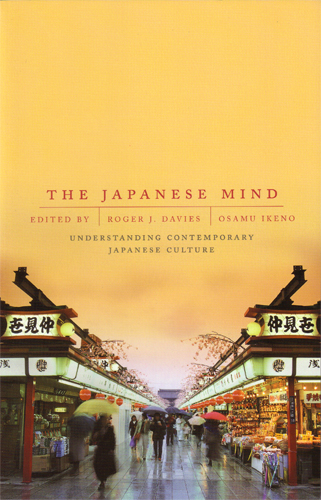Six Names of
Beauty CRISPIN SARTWELL
ROUTLEDGE NEW YORK AND LONDON
Seeing as Wabi Sabi is a difficult term to understand, I thought including as many different interpretations as I could will add to my understanding. I quite like Sartwell's as listed below.
But let’s
focus on two other terms: “wabi” and “sabi.” These merge into a single aesthetic
or kind of beauty—wabi-sabi—that is related both to shibusa and to yugen, but
which has a different emotional tone. Wabi is most directly translated as
“poverty,” and initially in its history had all the negative connotations of
that state. The life of the peasant—hard, humble, and bare—is wabi. Wabi as an
aesthetic term refers to the sort of roughness that one might find in a peasant
hut: to everyday, inexpensive wares, to things still in use long after they are
worn and cracked. Wood for the fire is wabi, as are the stone hearth and the
fire itself. Wabi as beauty is humility, asymmetry, and imperfection, a beauty
of disintegration, of soil, autumn leaves, grass in drought, crow feathers. For
such reasons, an appreciation of wabi is an affirmation of the world and a
certain sort of refusal of its transformation for delectation. Wabi as an
aesthetic is a connection to the world in its imperfection, a way of seeing
imperfection as itself embodying beauty.
Sabi means “loneliness,” again originating
in a word that is largely negative. In part, one might think of sabi as the
subjective state that is appropriate to the experience of wabi: a kind of
desolation or meditative depression that can be sweet. But it also refers to
solitude both as a state of aloneness in persons and as a spareness of objects.
Japanese flower arrangements (ikebana), for example, can have a sabi quality in
comparison with Western styles, because they deploy extreme economy of means,
perhaps only a few stems, with as much emphasis on a branch or leaf as on a
blossom. Sabi is a quality of stillness and solitude, a melancholy that is one
of the basic human responses to and sources of beauty. Loneliness arouses a
yearning for companionship, but it is also something that can be relaxed into
or, perversely, continued in the face of opportunities for its relief. Pg 102
His interpretation gets quite deep when he defines it as transcending the meaning of beauty and ugliness and of ordinary and extraordinary. That beauty can be seen in ugly objects and that something quite everyday can be extraordinary. It takes a certain kind of shift in our thinking to recognise these qualities, especially if we have grown up in a society that values perfection, straight lines and man made materials. He talks about making peace with ugliness. I liken it to falling in love. At first you may find someone unattractive but once their inner beauty has swayed you, they start to become more physically attractive. Likewise a beautiful person can become quite ugly if they have a unattractive personality. How can we make the inner beauty of an ugly object come out for all to see and appreciate?
On further reading I was interested in the discussion about Japanese gardens and ikebana. I have always enjoyed including plants into my artwork whether they were deliberately designed as a planter or if they included plants to enhance the artwork. I plants ans nature as another element to the work. Finding the right plant was a process that could take some time. Like looking for the right colour paint or cutting a piece of wood to size.
The same
is true of Japanese gardens, and of ikebana, the art of flower arrangement.
Rikka, the most ancient of the styles of ikebana, is designed to capture a
landscape in a vase. The vase represents the source of life in earth, and is
itself made of earth. The surface of the water represents the earth’s surface.
Pebbles and foliage systematically correspond to landscape elements, and are
designed to create a perception of indefinite depth. Pg 108




